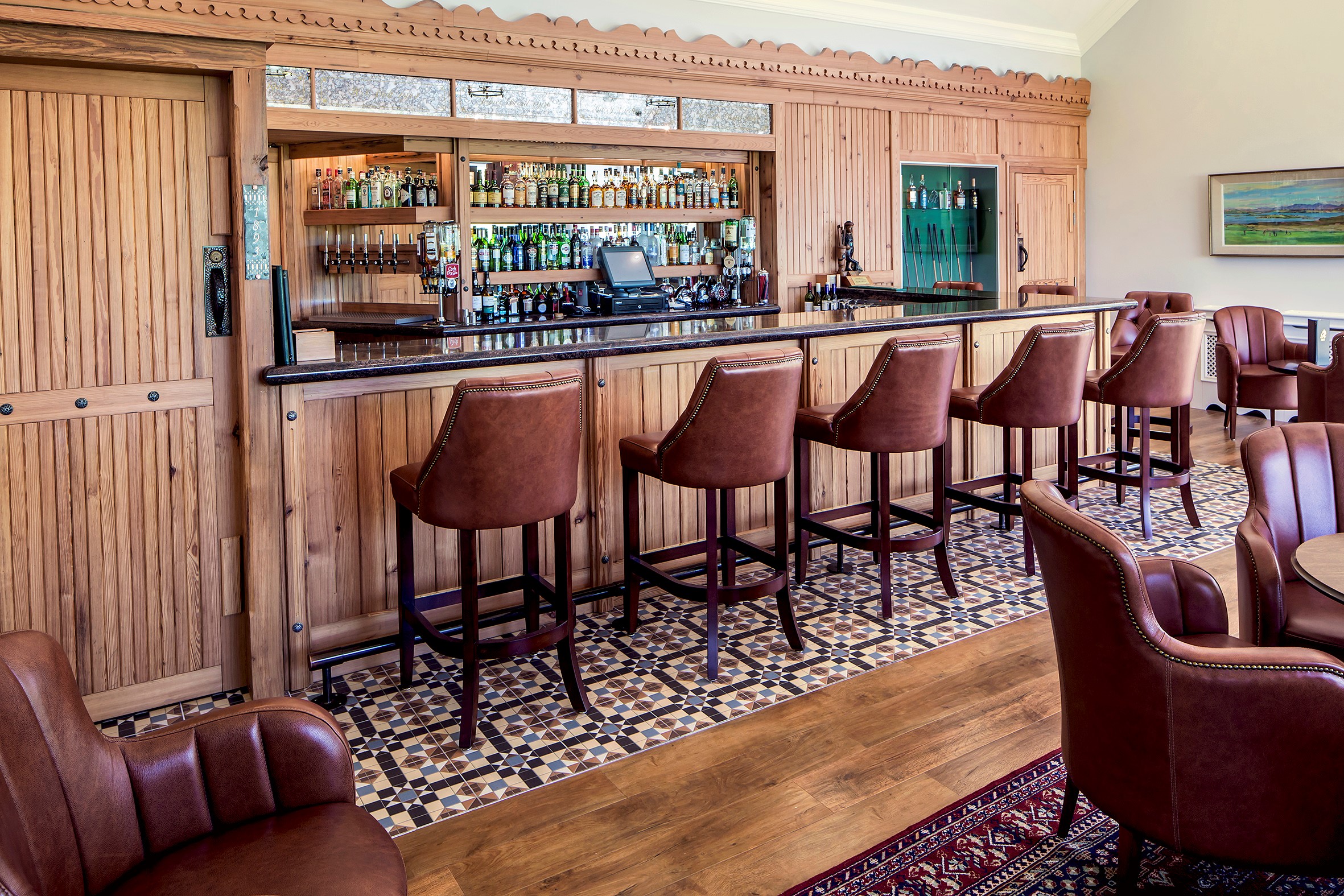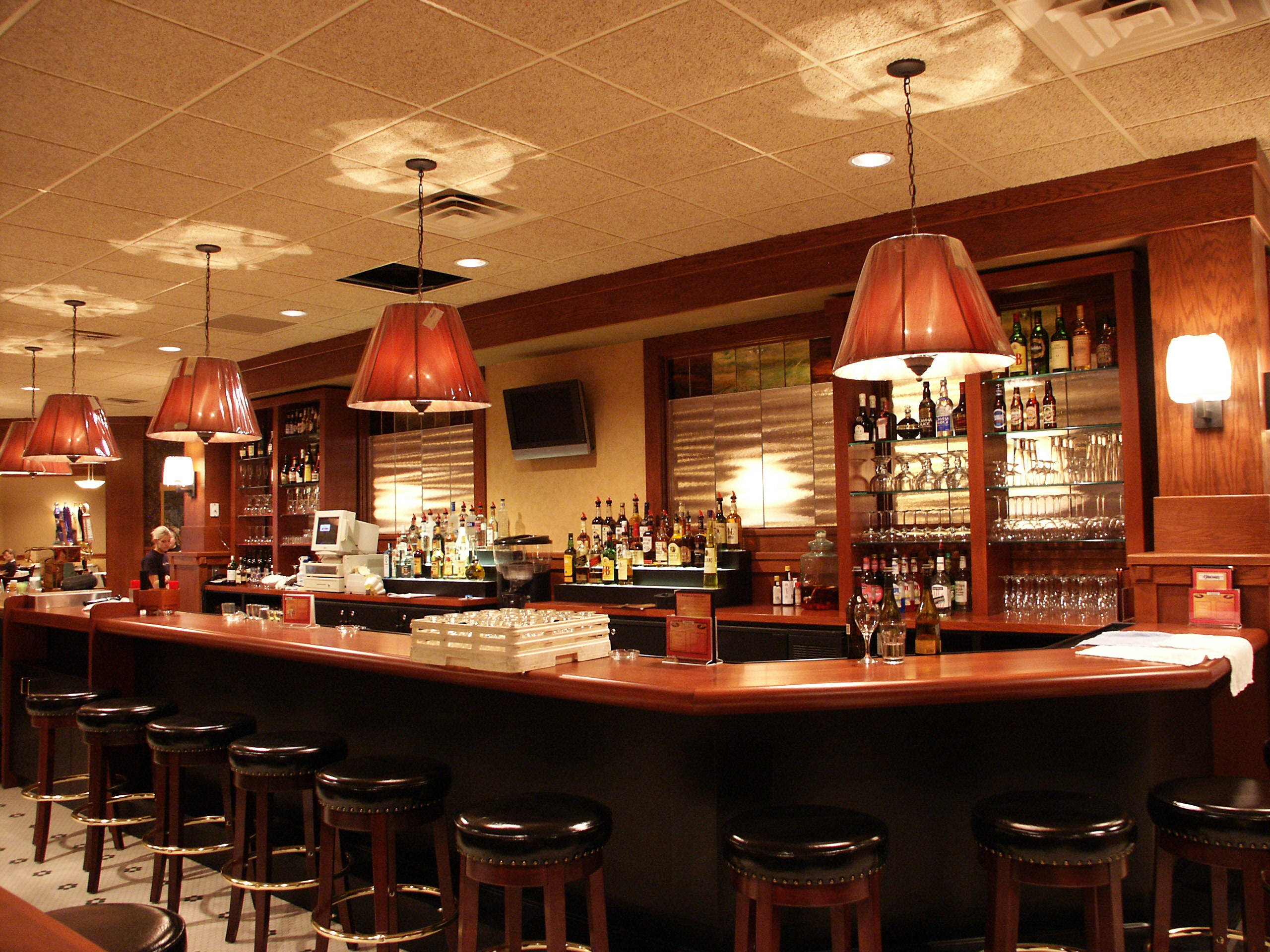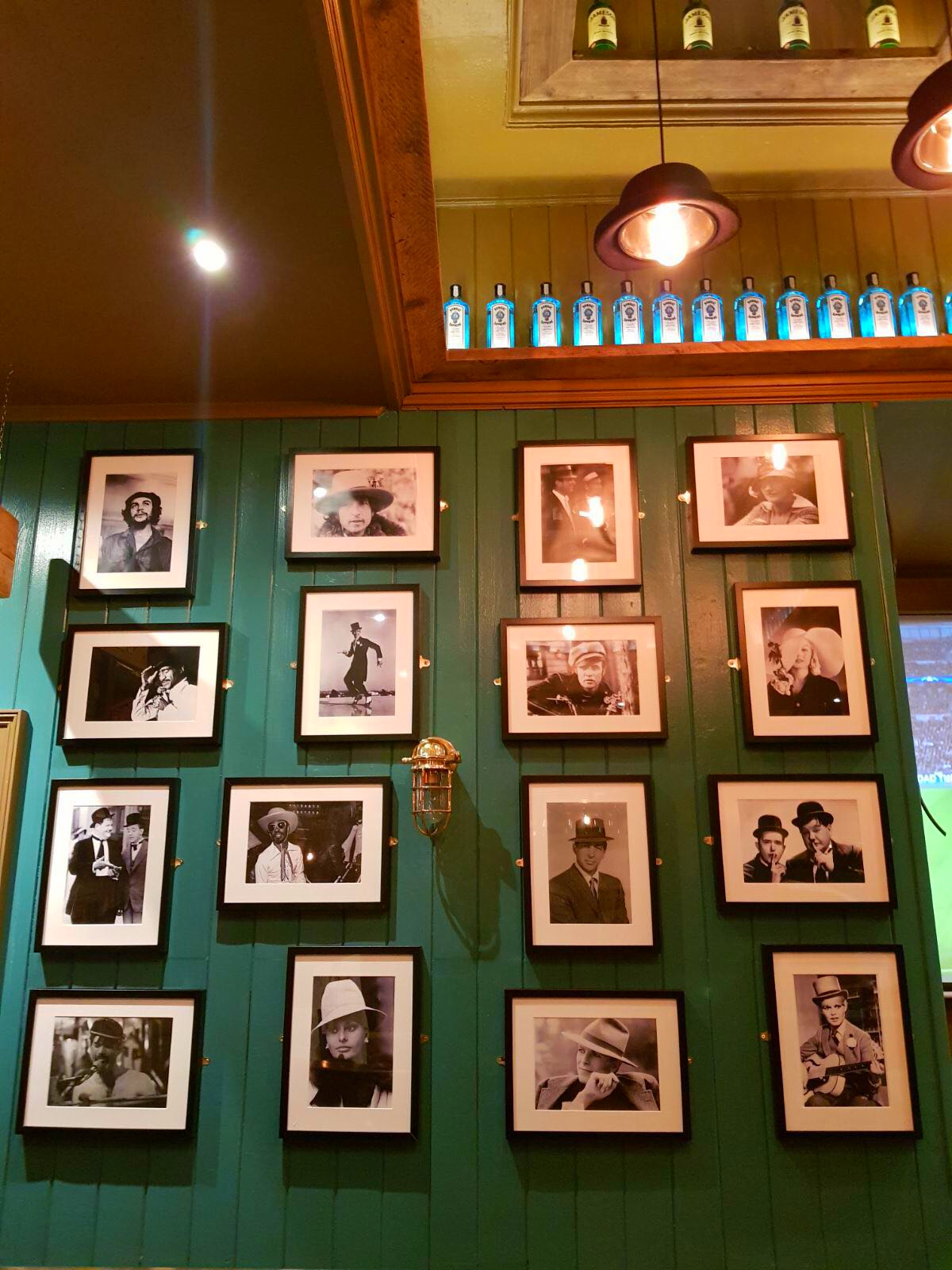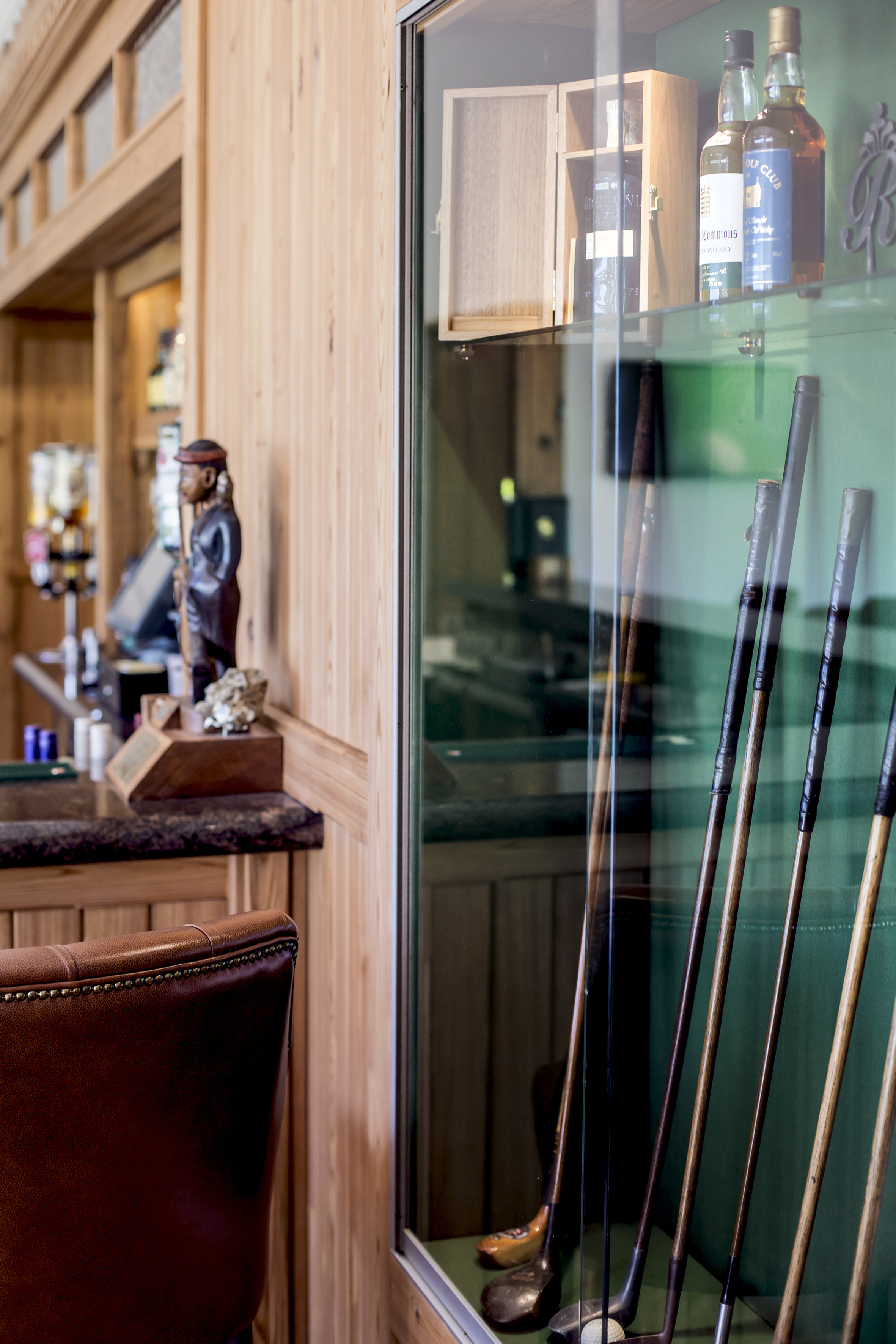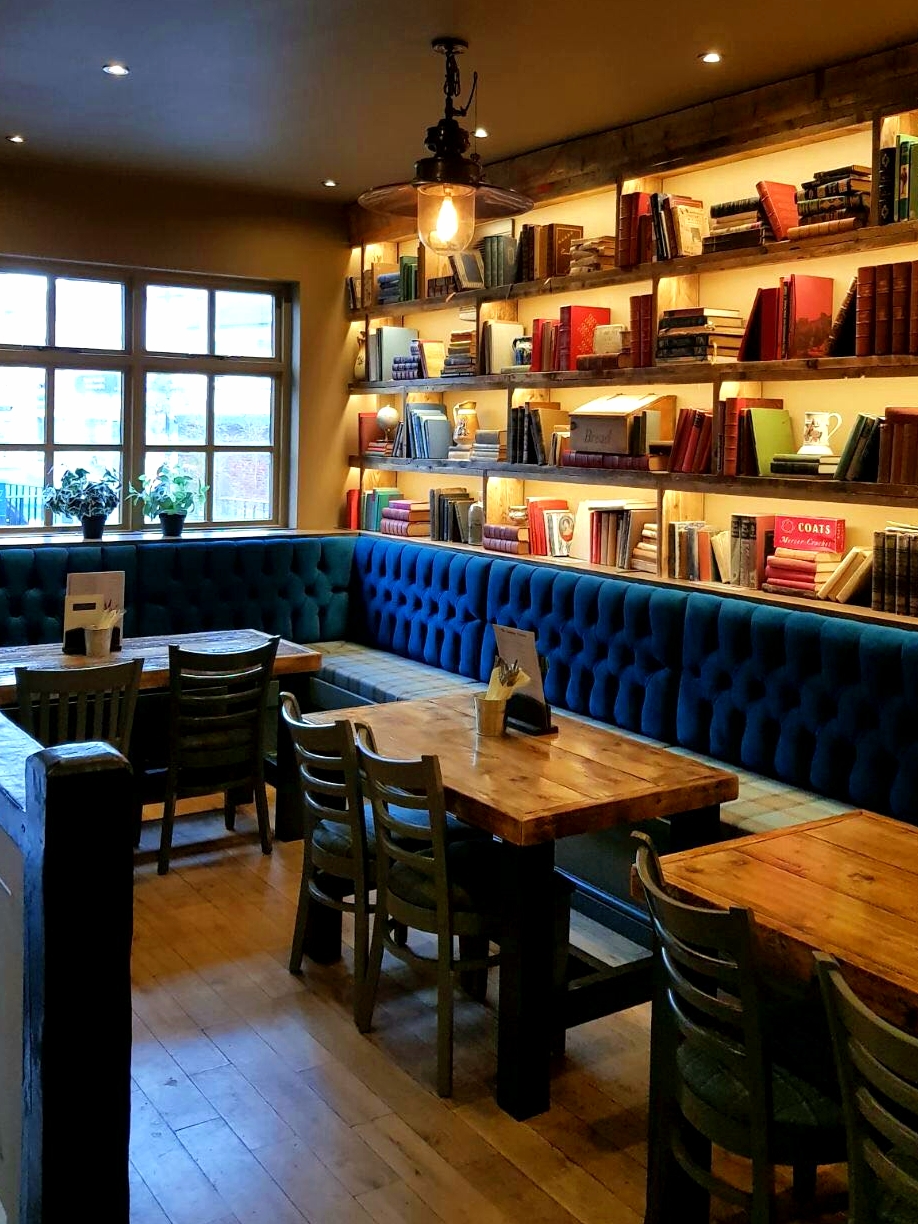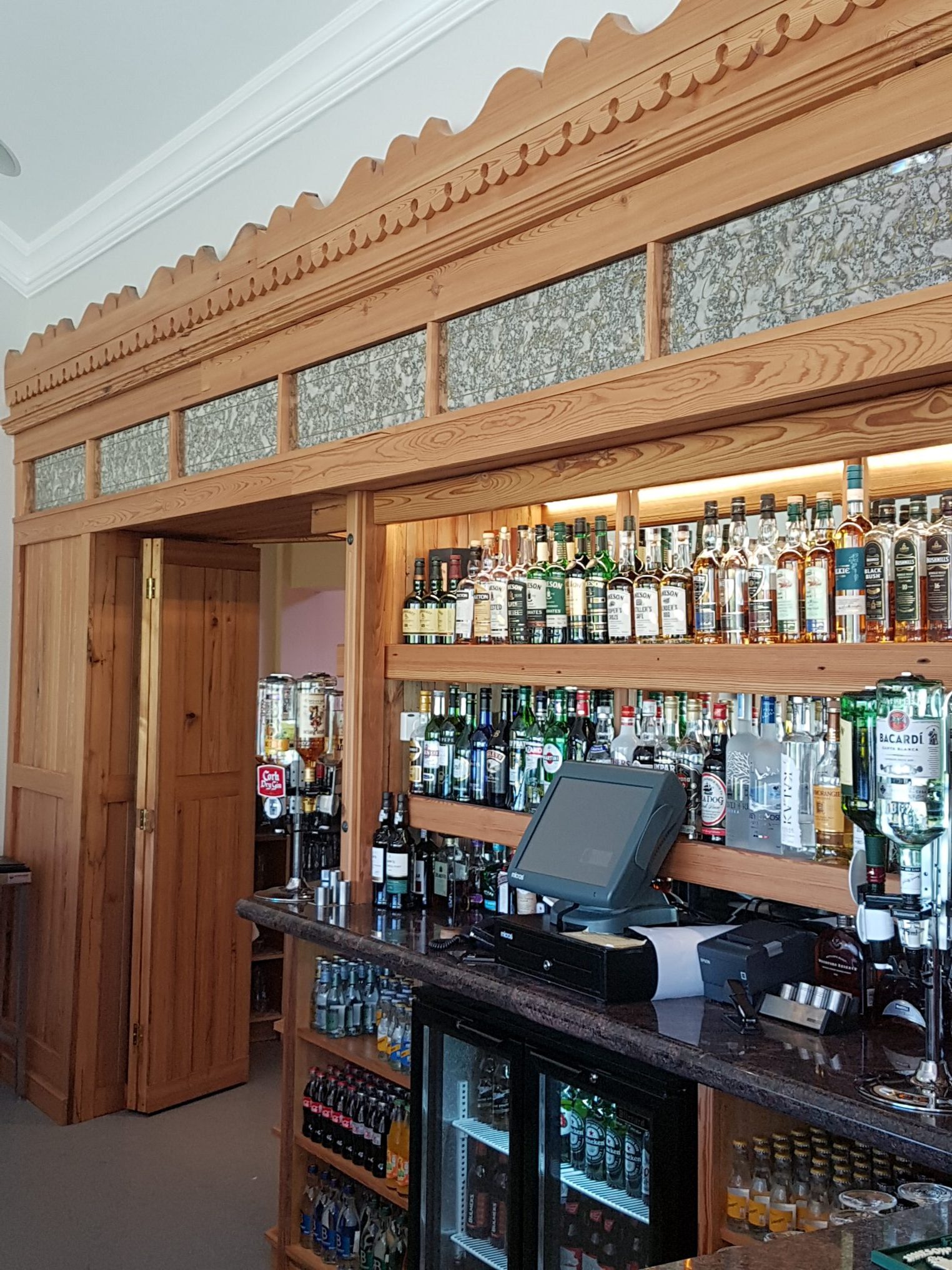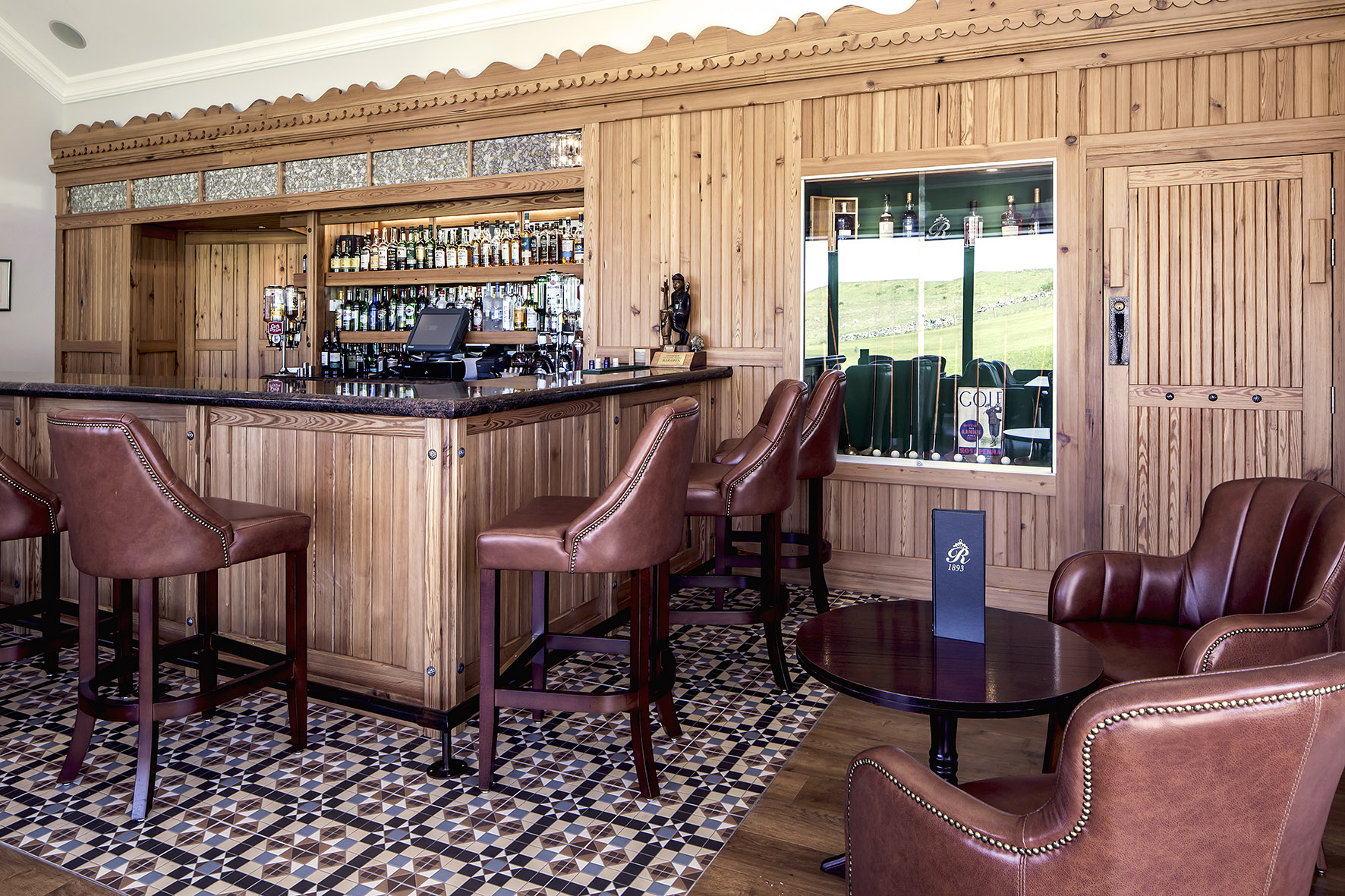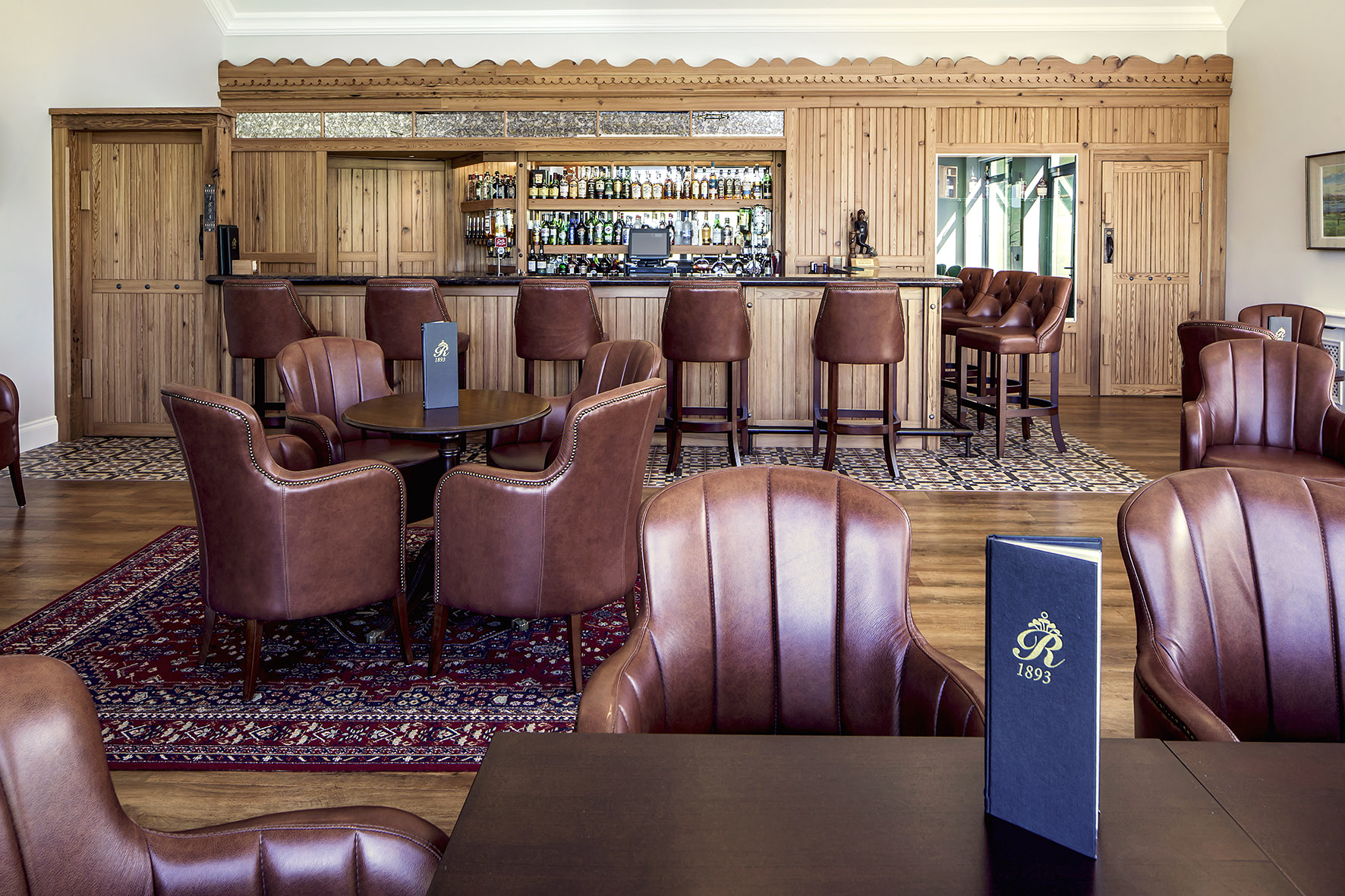Themed Bars
Celtic Style
The Celtic Pub captures the character of the Gaelic people, well known for their dedication to merry-making, music and craftsmanship through the centuries. The rough-hewn doors, furniture and bar counters give a natural feel to the interior.
These pubs are reminiscent of St. James’s Gate Brewery in Dublin, home of the world’s most famous stout, Guinness. The brewery pub interior resembles the 18th century brewery courtyard with much use of stone and brick walls, cobbled stone-effect floor and vaulted ceiling. Brewery decoration with brewing vessels and memorabilia, and illustrations of the process and history of brewing Guinness in Dublin is the essence of this style of pubs.
Brewery Style
The artistic traditions provide the ideal backdrop for modern-day musicians and storytellers to recreate the Gaelic way of enjoying life, or ‘craic’ as it is known in Ireland.
Hand-crafted metalwork fixtures complement the texture of the timber, adding a touch of finesse to the overall design. Stories from the rich heritage of Irish folklore and mythology are illustrated in delicately painted wall murals, inspired by distinctively Gaelic art forms.
Victorian Style
With its attention to ornate detail and insistence on quality craftsmanship, the Victorian-style pub, often found in Dublin, harks back to the good old days of comfort, hospitality and enjoyment. The interior was usually lavish, with much use made of beveled mirrors and stained glass, elaborate tiling and decorative brass.
The counter would be beautifully carved in highly-polished hardwood and the walls paneled with rich, dark timbers. The older and more mature a pub like this becomes, the better it is, whether for an intimate chat in a secluded ‘snug’, or for singing and sociable conversation in the drinking emporium.
Shop Style
In times gone by, often a grocery or hardware store would double as a pub. Customers who went to town to fetch provisions would tend to take a pint of Guinness or a small whiskey to revive flagging spirits. A corner of the shop would be set aside, with simple wooden tables and benches, a pot-bellied stove that would burn right through the winter, and wooden floors worn smooth by a thousand pairs of shuffling shoes.
Customers would sit, sip and converse surrounded by shelves cluttered with every conceivable kind of merchandise from sugar to soap, from tea to twine. Oil lamps would usually hang suspended from the ceiling and throw their soft light on uneven walls. An upright piano, tucked away in one corner, would often lead to an evening’s entertainment.

